 Han Van Meegeren: Cristo y sus discípulos en Emaus, c. 1930 (vendido como un original de Vermeer al Stedelijk Museum de Amsterdam): ¿Cristo como Greta Garbo -o viceversa?
Han Van Meegeren: Cristo y sus discípulos en Emaus, c. 1930 (vendido como un original de Vermeer al Stedelijk Museum de Amsterdam): ¿Cristo como Greta Garbo -o viceversa?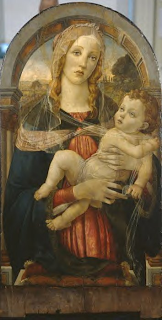 Umberto Giunti: Virgen y niño, 1947 (vendido como un original de Botticelli a la Courtauld Gallery de Londres). ¿La actriz Jean Harlow de Virgen María?
Umberto Giunti: Virgen y niño, 1947 (vendido como un original de Botticelli a la Courtauld Gallery de Londres). ¿La actriz Jean Harlow de Virgen María? La actriz hollywoodiense Jean Harlow "al natural"
La actriz hollywoodiense Jean Harlow "al natural"Identity Theft: A Talent for Faking It
Published May 7, 2010
From the magazine issue dated May 17, 2010
The measure of a great fake is being mistaken for the real thing. In 1947, when the Courtauld Gallery in London acquired Virgin and Child, a vibrantly colored panel attributed to Botticelli, the painting took its place as a revered part of the museum's collection. Its depiction of a somber but beautiful Madonna sheathed in a delicate, translucent veil holding the infant Christ was a classic theme of the renowned 15th-century Italian Renaissance painter. But shortly thereafter, the art historian Kenneth Clark remarked that the Virgin looked a lot like Jean Harlow, the voluptuous American film star of the 1930s, who was born 400 years after Botticelli's death. Indeed, the resemblance was so uncanny that it prompted further investigation. Detailed analysis revealed that the painting was actually the handiwork of a notorious but talented Italian forger named Umberto Giunti and had been completed sometime in the early 20th century. Virgin and Child was promptly removed from the Courtauld's walls and has been hidden away in storage virtually ever since.
Londoners will once again be able to see it when Close Examination: Fakes, Mistakes and Discoveries opens at the National Gallery next month. The exhibit, which explains how the museum uses science to reveal the stories behind more than 40 works in its collection, underscores the fact that even the most prestigious connoisseurs of art are sometimes duped by imitations. The show invites museumgoers to walk through the hard-nosed forensic detective work used to investigate a painting's origins. Betsy Wiesman, a curator at the gallery, says advancements in scientific techniques for scanning and testing materials such as pigments and canvases, along with an ever-expanding body of historical knowledge, make curators increasingly confident in their ability to determine the authenticity—or inauthenticity—of a work of art. As a result, museums are becoming more comfortable with the idea of dusting off their fakes and forgeries and hanging them on the wall to demonstrate the incredible lengths to which great forgers will go to pull the wool over the art world's eyes.
The National Gallery is not the only museum in recent years to shine a spotlight on fakes and forgeries, which some experts say could make up as much as 40 percent of the art market. In 2007, the Bruce Museum in Connecticut organized a show on the topic, and earlier this year the Victoria & Albert Museum showcased a number of seized forgeries on loan from Scotland Yard. Last year, the V&A even deliberately acquired several miniatures by the infamous but, as of yet, unidentified "Spanish Forger," who helped feed a 19th-century frenzy for medieval art by painting knockoffs of old illuminated manuscripts, like those once produced by monastic scribes.Throughout history, attitudes toward fakes have shifted along with artistic tastes. In the centuries before photography flooded the world with easily reproducible images, artists readily copied the work of others and admirers often commissioned exact replicas of great works from the assistants of old masters. (Forgeries, on the other hand, are considered something different, involving a deliberate intent to defraud.) Since then, 'copy' has become more of a pejorative term," says Wiesman. "But now we realize how technically amazing many of these fakes and forgeries are."
Indeed, like Giunti's "Botticelli," many fakes originally ascribed to well-known artists were often praised by critics, only to be sheepishly rejected after they'd been "outed" as imposters. Today, museum audiences relish watching the art world squirm over such blunders. "There's nothing the general public likes better than debunking the experts," says Peter Sutton of the Bruce Museum. Its exhibit featured perhaps the most famous forgery of all time—Christ and His Disciples at Emmaus, which was painted in the 1930s in the style of Johannes Vermeer and was once hailed as one of the 17th-century Dutch master's greatest achievements. It was only when the perpetrator, Han van Meegeren, was arrested near the end of the Second World War for selling another "Vermeer" to top-ranking Nazi official Hermann Göring that he confessed to having forged what many considered a masterpiece. He was forced to paint another Vermeer from his jail cell to demonstrate his guilt. In fact, van Meegeren's Christ was so good that, for years after his confession, some continued to insist it was genuine.
All of this raises the question: if art is supposed to be judged on its aesthetic merits instead of on the cachet of a famous artist's signature, then why are once-highly regarded works of art stashed away in museum basements, only to be trotted out for the occasional "fakes" exhibit? Shouldn't beauty transcend the vagaries of provenance? Philosophers and art historians have long struggled to settle on an answer. The difficulty is that forgers—particularly those who've failed as artists in their own right, and have a score to settle with the art establishment--—tend to confuse artistic skill with creativity, when in fact great artists need both. It's not just that an artist like Vermeer could paint pretty pictures but also that his way of doing so broke with everything that had come before him. Therefore, the real trouble with fakes is that they taint the historical record. "You don't do the public any service when you show them something that's wrong," says Sutton. "It is a misrepresentation of the artist's style."
And yet forgers are still in our midst, often generating reams of phony paperwork in order to pull off their hoaxes. John Myatt and his accomplice, John Drew—both convicted of forgery in the U.K. in the 1990s—slipped numerous fraudulent documents into museum archives at the Tate and other preeminent British institutions to lend an air of legitimacy to their counterfeits of such modernists as Marc Chagall and Alberto Giacometti. And the Green-halghs, a British family made up of an artistically talented son and his octogenarian parents, pawned off hundreds of bogus artworks onto unwitting galleries and museums using fake documentation. They were caught in 2006, but their transgressions—many possibly still unaccounted for—could blight the history books for decades to come.
Yet all forgeries bear the hallmarks of the times in which they were created, which become apparent only as the years fade. A century after they were painted, the Spanish Forger's figures look overly sentimental and romantic, in stark contrast to true medieval illuminations. And in Giunti's case, perhaps it was just an affinity for early Hollywood starlets that gave him away. Today's great masterpieces could turn out to be tomorrow's greatest frauds.
© 2010







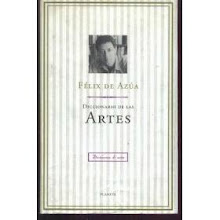



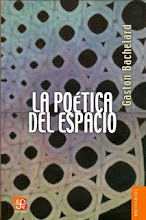
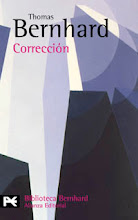
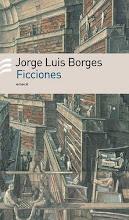
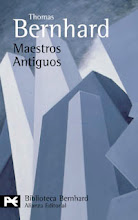
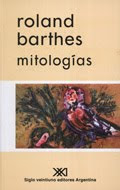
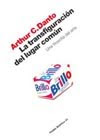
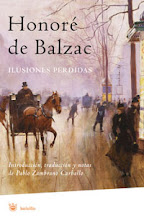
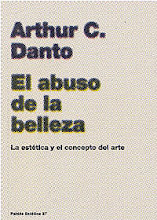
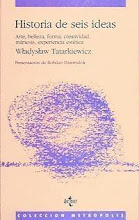
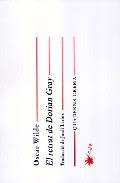
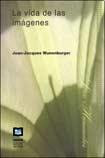
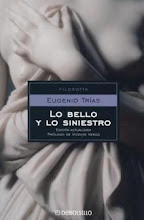
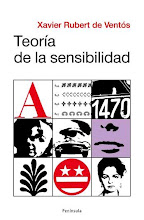



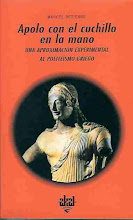
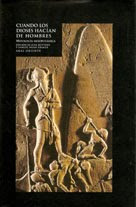




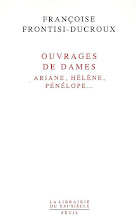
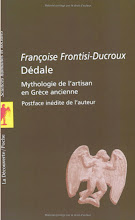

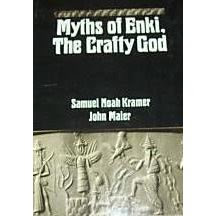


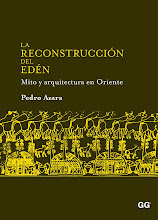

No hay comentarios:
Publicar un comentario